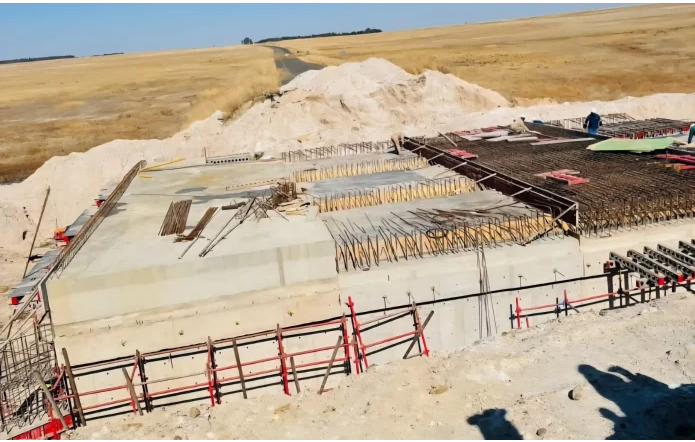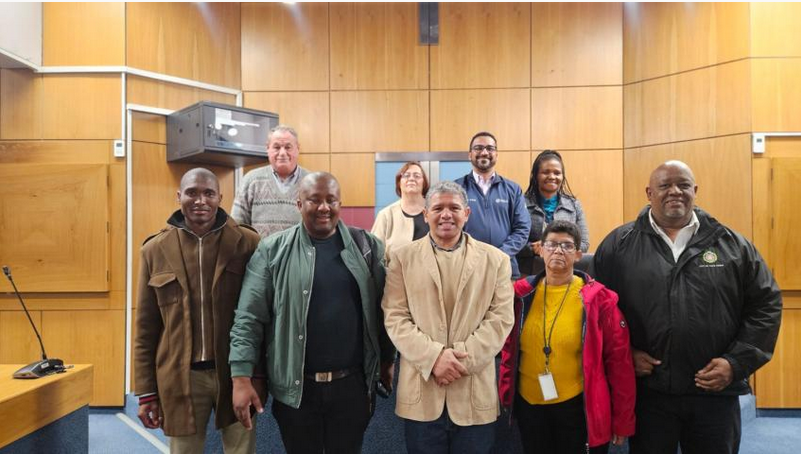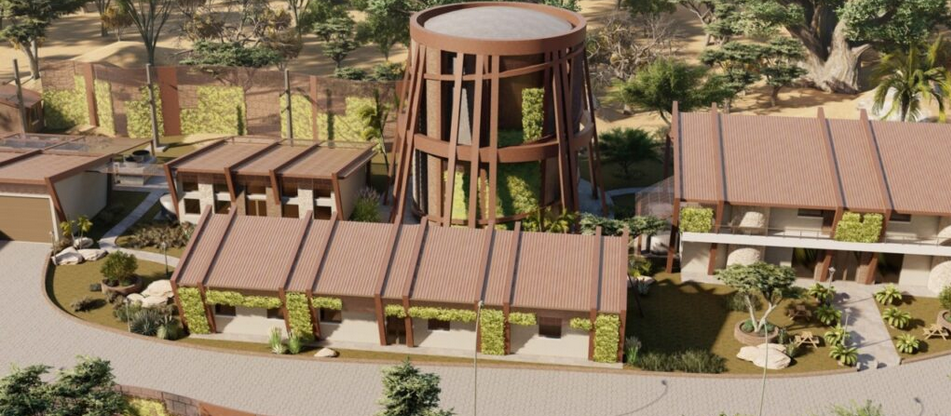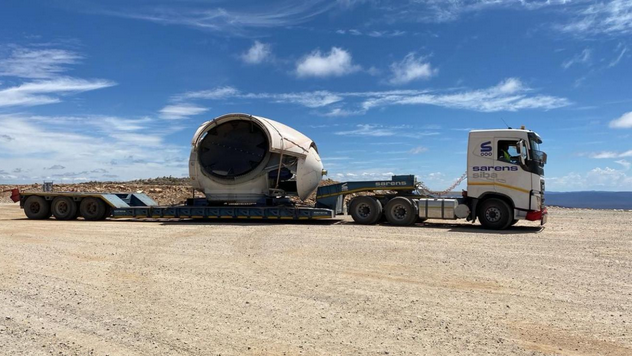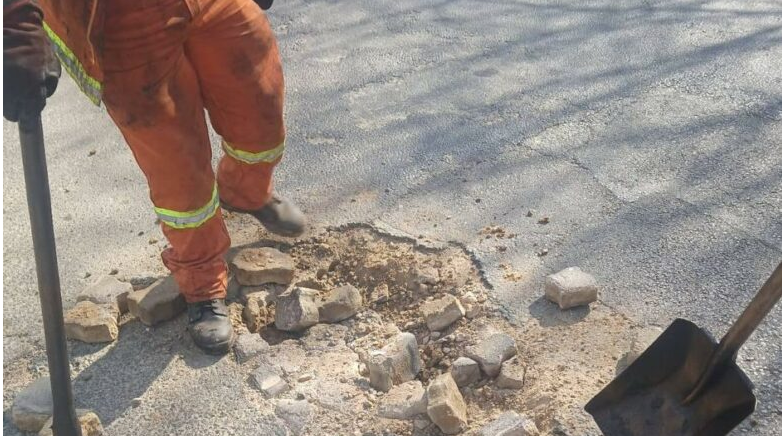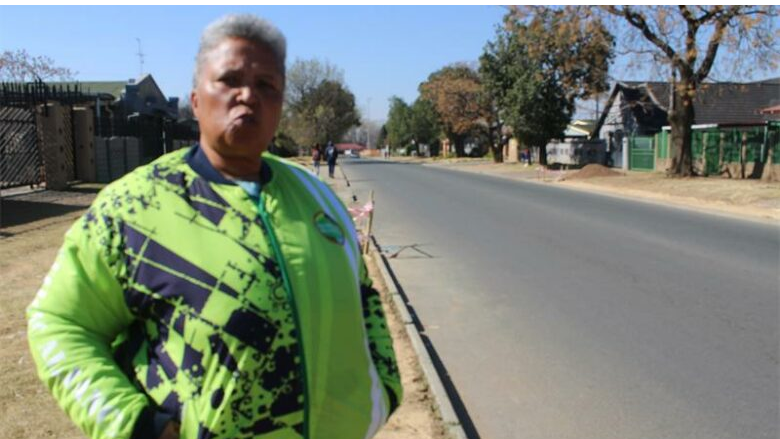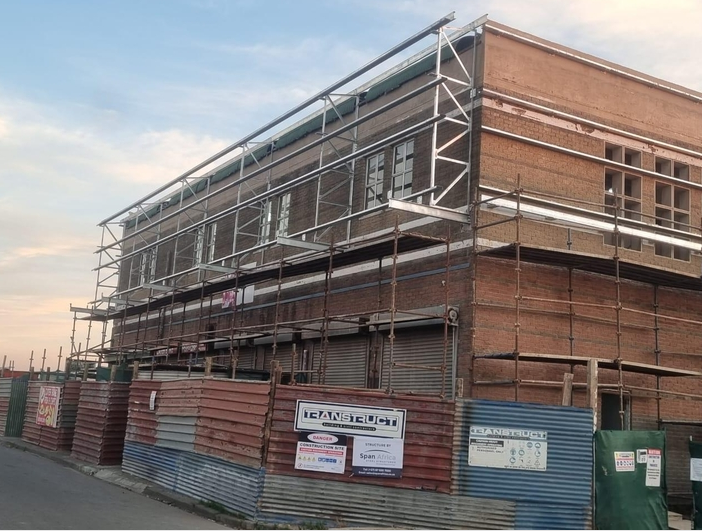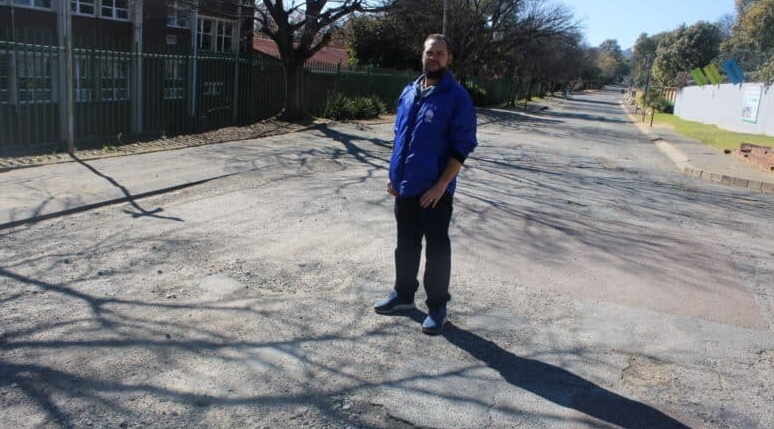Diamonds Are Not Forever

Advertising
05-12-2011
Read : 522 times
Carte Blanche
south africa's diamond coast, namaqualand. a harshly beautiful place but a landscape torn apart by almost a century of diamond mining. 37 million carats have been extracted from the namaqualand diamond mine since 1926, but that came to a grinding halt in 2007 when the world recession struck.
in the boom days, the mining town of kleinzee was home to over 3 000 people; today it's a ghost town. over one thousand people in the surrounding communities of kommagas and hondeklipbaai were sent home. samuel cloete of kommagas spent 29 years working for de beers.
samuel cloete: 'it is a scandal, what did they do all the years when they filled their vaults with their diamonds, they stockpiled them, invested their money overseas and all over the world. then they close the mine and say, 'oh sorry, the mine is now weak and the mine is now closed and now there is a world recession.' that's not something we want to hear, de beers mustn't come and tell us that nonsense.'
this rusted sign says it all, diamonds are clearly not forever for these communities. they are eking out a living, surviving off the sea and digging illegally in the abandoned mines. dawid marcus of hondeklipbaai says unemployment is running at 80% and people are desperate.
dawid markus: 'the people are getting into the site and they continue digging there, you can't leave a sausage in a dog kennel and come back and expect that it must still be there.'
william macdonald, one of the few remaining de beers employees stationed on the decommissioned mine, stands on the site where three illegal diggers were killed when the slopes collapsed on top of them.
william macdonald (mineral & resource manager: de beers consolidated mines): 'i am 100% aware that the community feels they have been disenfranchised. i have had guys at 9 o'clock at night, 200 diggers invading a mine.'
but his colleague, sakhile ngcomo, head of corporate affairs, says de beers is not walking away.
sakhile ngcomo (head of corporate affairs: de beers): 'a diamond is associated with love, with emotions, with caring and commitment and we cannot not align ourselves in ensuring that that legacy and that heritage lives on.'
the heritage to which sakhile refers are alternative industries being investigated by de beers like tourism, mariculture and wind farms. quiryn snethlage, another casualty of the diamond industry, retired from diamond diving 18 years ago. he pioneered perlemoen ranching and developed mariculture on de beers disused mines.
quiryn snethlage (mariculture farmer): 'i think there is tremendous potential for mariculture using mined out areas because they are destroyed already or altered.'
quiryn is a perlemoen rancher and grows oysters and oyster seeds and is upbeat about the possibilities of massive expansion into fin fish, abalone and seaweed.
quiryn: 'i mean, there is water, there is sun, there is wind, we have got it all here.'
having seen the success of quiryns venture, de beers plans to go big an build a mariculture park.
sakhile: 'once these projects are realised, if a community owns 20% of a r5-billion investment there is an opportunity to realize every year up to r30-million.'
having struggled to sell the mineral rights for the last five years, de beers has finally done a deal with trans hex and emerald panther investments. they've bought the mine for r225-million. trans hex owns the baken mine adjacent to the de beers mine. but locals are cynical about the talk of 500 new jobs and trans hex's track record.
samuel cloete: 'trans hex is just like a thin flower - you see it now but tomorrow it is dead. that's how they work.'
dawid: 'de beers has withdrawn, trans hex has already withdrawn, and they are coming back now, within 10 or 20 years time we are sitting with the same situation.'
apart from work drying up again, what's really worrying people is the devastating impact mining has on this sensitive ecosystem. sarah frazee of conservation sa explains the importance of this area.
sarah frazee (ceo: conservation sa): 'the succulent karoo is a global biodiversity hotspot, it's one of 34 areas in the world that has more than 1% of the total plant species of the world. so the succulent karoo biome has 6 000 plant species, the namaqualand coast has 400 of these species that are found nowhere else in the world.'
trans hex turned down the sale two years ago because rehabilitation costs were r507-million. they are said to be half that in the new deal and conservation groups think they are closer to over r600-million.
sarah: 'the legal document that would guarantee that when the mineral rights are transferred to any new owner is called the environmental management plan report, now that document has been something that has been very difficult for the public to access. we are just really concerned that the state of restoration and rehabilitation is going to continue on to the level that it has been.'
but is it stopping? it seems there are no guarantees. trans hex may not have the financial capacity for the massive restoration needed here. but de beers believes it has the cash.
sakhile: 'there are some conditions that trans hex must meet one of them is to provide a guarantee, they must demonstrate to dmr and to ourselves, that they have cash and i can confirm with you they do have money to be able take full responsibility for the last 80 years disturbances that has happened.'
globally large mining companies sell off to smaller and smaller companies that cannot afford the restoration costs. there are already 6 000 abandoned and orphaned mines in south africa, which the department of mineral can't handle.
andy pienaar is from the advice centre in kommagas fears the diamond giant will leave behind a legacy of ecological degradation.
andy pienaar (namaqualand action group for environmental justice): 'trans hex has a legacy where they did not rehabilitate the mines that they worked in this area. so that is why we said how can de beers say this is a good company that will fit into their requirements?'
all trans hex has done at the baken mine in the name of restoration is to put up a few nets to stop the sand blowing into hondeklipbaai - but only after major pressure, says the community. the area remains unsafe and badly eroded. trans hex wouldn't give us an interview, but said it planned to return to mine the dumps.
sarah: 'good practice would be that the dmr and de beers should hire an independent consultant that can tell us, the public, that the financial provisioning is sufficient.'
for the last 86 years de beers has managed to keep critics out because it's been a restricted area, but google earth has changed all that. they decided to open their gates and give us a guided tour of the r100-million restoration. but 7 500 hectares still needs to be restored to some semblance of normality.
neil macdonald manages namaqualand restoration, which has so far restored 400 hectares of excavated mine land. a long way to go.
neil macdonald (namaqualand restoration): 'we put the netting on and after that we come with seed packs. we plant some seed in boxes and its two years and you can see the difference that we make in this area.'
previously thought impossible to rehabilitate, pioneering work by ecologists here, has proved otherwise. about 120 namaqualanders have been trained and small businesses set up to harvest seed, clear it of insects and make restoration packs, based on scientifically worked out combinations of plants to reintroduce biodiversity.
dudley wessels (namaqualand restoration): 'what we have got here is the restoration packs as they have been set out, planted with various seed species and this happens in the winter.'
dudley wessels co-manages namaqualand restoration with neil and says the difficulty is that prevailing high winds drive plumes of sand off the mine dumps, long after mining ends.
dudley: 'if the rehabilitation was not done in the area you would have footprint twice the size of the actual miming area.'
the only lasting way to stabilize the sand is to plant viable eco systems. although de beers has pioneered this restoration, with the sale of the mine there are fears that the process may grind to a halt.
neil: 'we are four years down the line doing the work we have got the experience and we can employ more people from this community. now we are ending our contract in april and we don't know if there is any future for us after april.'
dudley: 'the knowledge base that we have built up in namaqualand, on the namaqualand vegetation, you just don't get that overnight and the techniques we have developed are fantastic and just to have it stop next april i think it is sacrilege.'
william: 'it is up to the new mining operator to determine the level of mining activities that they are going to do we cannot prescribe that to a buyer.'
de beers says it'll spend another r30-million on rehabilitation before transfer of the mine, and another r10-million will be spent by trans hex. but this will be mainly on filling up holes, landscaping dumps, and putting up nets to stop the sand. impressive at face value, but the netting has outstripped the planting, and there is not enough time to complete it before transfer takes place.
dudley: 'if we could get a contract for three to four years, we could employ 200 people which would make a huge difference in the local communities. at the moment we are getting a contact for a year so we are basically living from hand to mouth every month.'
conservation sa and their lawyers have been trying to get detailed information from both the department of mineral resources and de beers on exactly how trans hex will be required to do the restoration. but to date they have been unsuccessful and are now considering taking legal action.
what's at stake here isn't just a piece of arid desert - it's a special natural habitat and biodiversity hotspot that needs to be preserved for future generations
andy: 'at the end of the day when everything is said and done it is this community of kommagas and hondeklipbaai that has to live on the land because that is what we do for survival.'
Recent News
Here are recent news articles from the Building and Construction Industry.
Have you signed up for your free copy yet?
